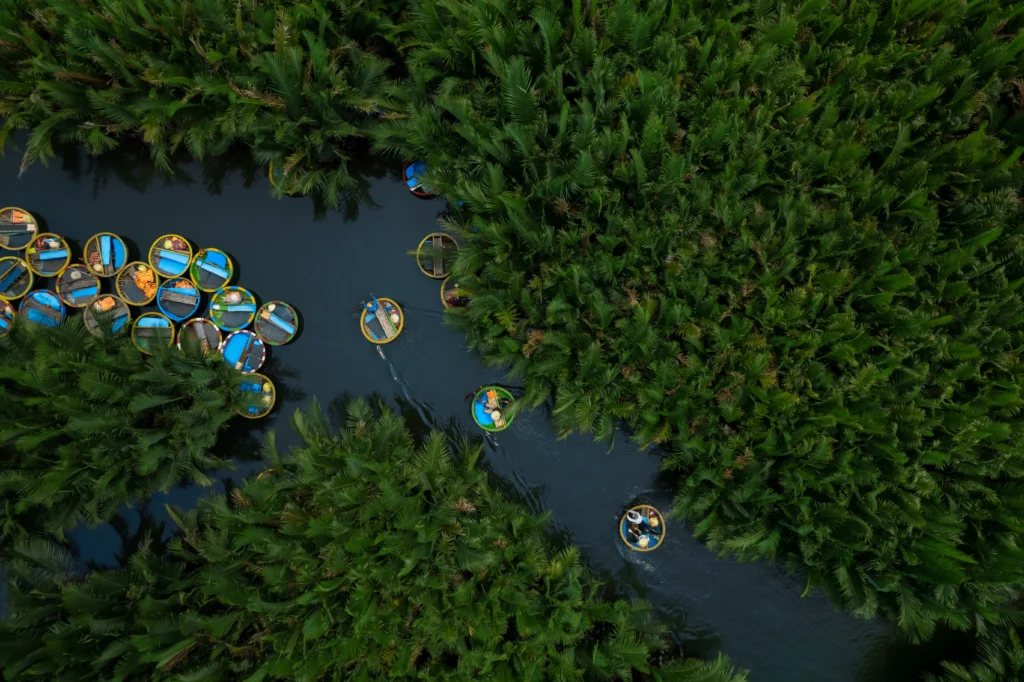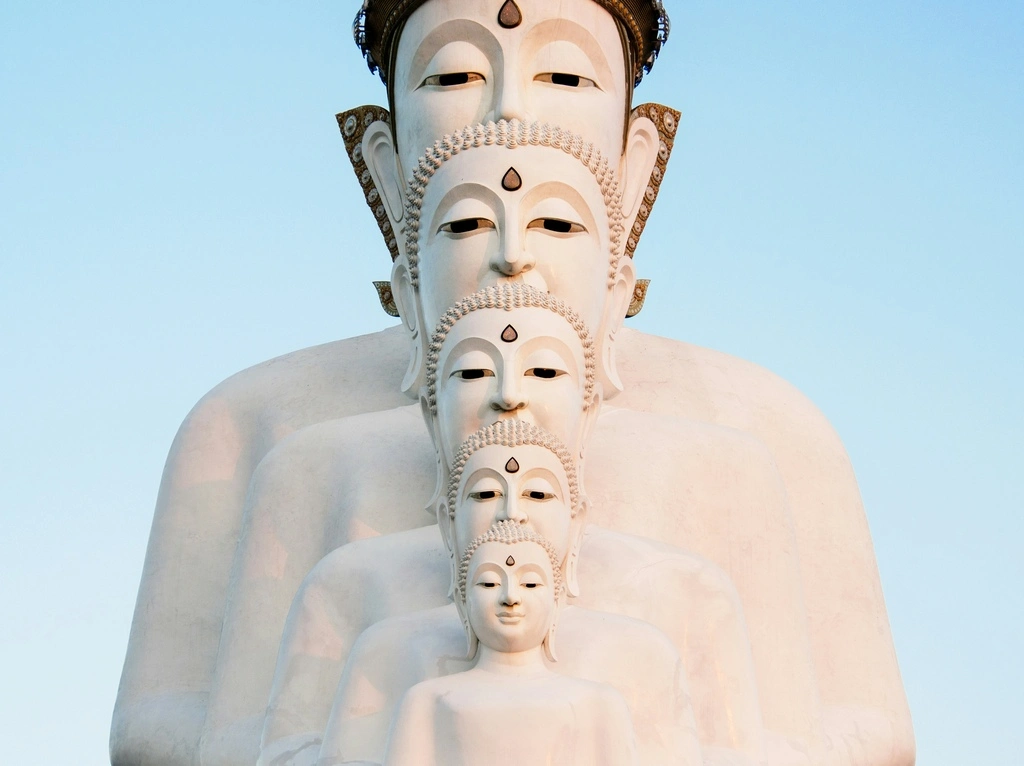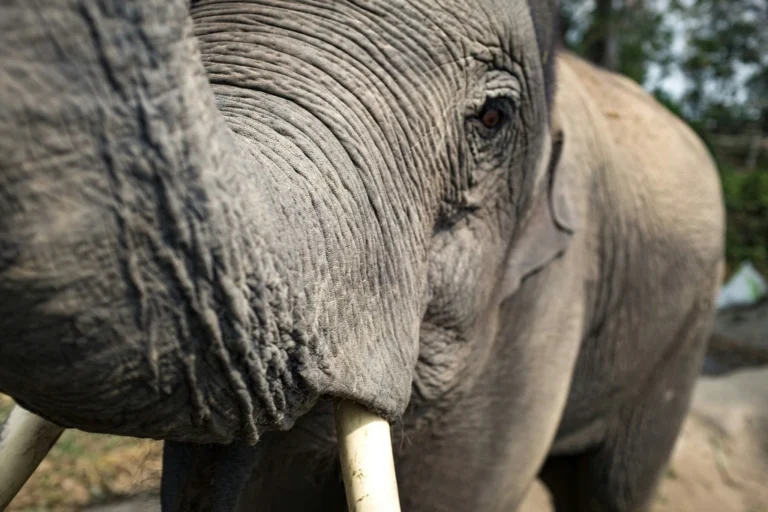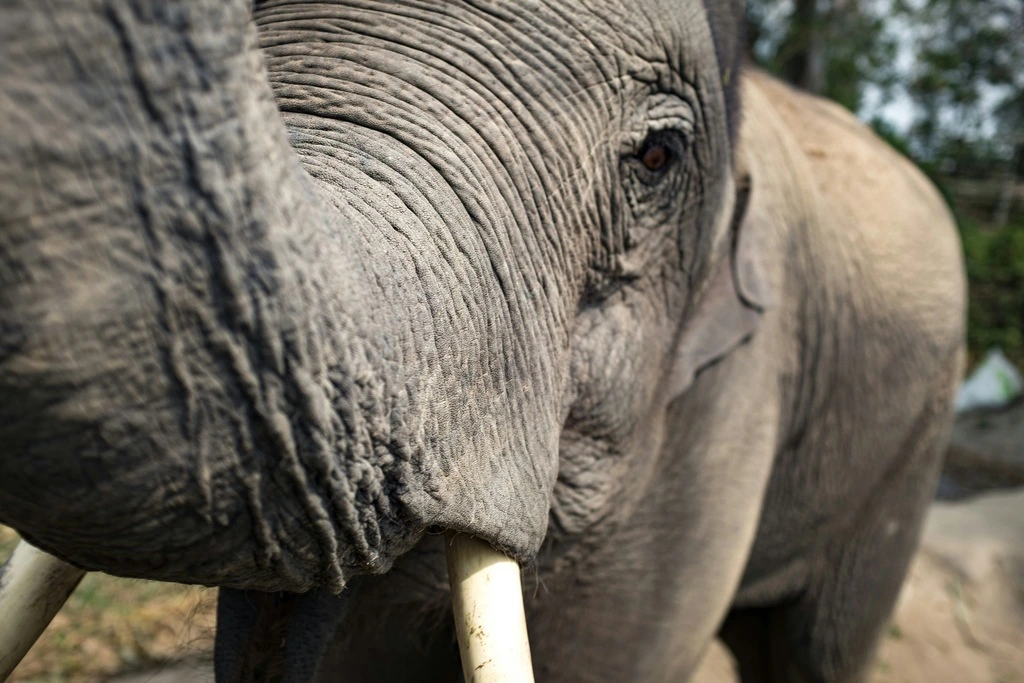Planning a trip to Southeast Asia? Great choice! This region is full of beautiful beaches, vibrant cities, and so much rich, local culture—honestly, it’s my favorite corner of the world. But let’s talk timing. Figuring out the best time to travel to Southeast Asia can make or break your plans.
Don’t worry, I’ve got you covered! In this guide you will learn about the seasons, the best times to visit each country, and even some epic festivals to check out. Let’s make sure your trip is nothing short of amazing.
Southeast Asia in a Nutshell
Let’s start with the basics. Southeast Asia is made up of 11 countries: Brunei, Cambodia, Indonesia, Laos, Malaysia, Myanmar, the Philippines, Singapore, Thailand, Timor-Leste, and Vietnam. Together, these countries cover about 4.5 million square kilometers, which is 3% of the world’s land area. Over 680 million people live in the region.
Tourism is a big part of the economy here. Most visitors come to Thailand, Malaysia, and Singapore.
Southeast Asia is divided into two main parts:
- Mainland Southeast Asia (Indochina): Includes Thailand, Vietnam, Cambodia, Laos, and Myanmar. This region is connected by land and has a mix of mountains, rivers, and plains.
- Maritime Southeast Asia (Insular Southeast Asia): Includes Indonesia, Malaysia, the Philippines, Brunei, Singapore, and Timor-Leste. These countries are made up of islands and are surrounded by seas.
Weather Patterns in Southeast Asia
The weather in this region varies widely, and understanding the climate is essential to finding the best time to travel to Southeast Asia. The two parts of Southeast Asia have different weather patterns.
Mainland Southeast Asia has three main seasons:
- Cool and dry season (November to April): Less rainfall and comfortable temperatures.
- Hot season (March to June): High temperatures and sunny days.
- Rainy season (May to October): Heavy rain, high humidity, and lush green landscapes.
Maritime Southeast Asia has two main seasons:
- Dry Season (April to October): Warm temperatures, sunny skies, and minimal rainfall. Perfect for beach days, diving, and outdoor adventures.
- Wet Season (November to March): Heavy rains, high humidity, and lush, green landscapes. Rain often comes in short, intense bursts, leaving plenty of time to explore between showers.
Travel Tips for Each Country
Thailand
- West Coast Beaches (Phuket, Krabi):
- Best months: November to March.
- Temperatures range from 75°F to 89°F (24°C to 32°C).
- Rainfall: Minimal, around 1-2 inches (25-50 mm) per month during the dry season.
- High tourist season with perfect weather.
- East Coast Beaches (Koh Samui, Koh Phangan):
- Best months: Mid-December to April.
- Temperatures: Warm and sunny, ranging from 77°F to 93°F (25°C to 34°C).
- Rainfall: Very low during these months, typically 1-3 inches (25-75 mm) per month.
- Less crowded and peaceful beaches compared to the West Coast.
Vietnam
Vietnam has distinct climates in its northern, central, and southern regions:
- North Vietnam (Hanoi, Ha Long Bay):
- Best Time to Visit: September to December.
- Temperatures: Cool and pleasant, ranging from 59°F to 77°F (15°C to 25°C).
- Rainfall: Decreases in autumn, with 2-3 inches (50-75 mm) per month during these months.
- Central Vietnam (Hoi An, Da Nang):
- Best Time to Visit: February to August.
- Temperatures: Warm and sunny, ranging from 77°F to 95°F (25°C to 35°C).
- Rainfall: Dry season, with minimal rainfall of 0.5-2 inches (10-50 mm) per month.
- South Vietnam (Ho Chi Minh City, Mekong Delta):
- Best Time to Visit: November to April.
- Temperatures: Stable and warm, around 77°F to 91°F (25°C to 33°C).
- Rainfall: Low during the dry season, with 0.5-2 inches (10-50 mm) per month.

Cambodia
- Best Time to Visit: November to April.
- Weather Highlights:
- Temperatures: Moderate during the dry season, ranging from 75°F to 93°F (24°C to 34°C).
- Rainfall: Very low, typically 0.5-1.5 inches (10-40 mm) per month.
Laos
- Best Time to Visit: November to February (cool, dry season).
- Weather Highlights:
- Temperatures: Comfortable, ranging from 59°F to 84°F (15°C to 29°C).
- Rainfall: Very minimal, about 0.5-1 inch (10-25 mm) per month during this period.
Indonesia
- Dry Season (April to October):
- Best time to visit Bali, Java, and Komodo.
- Temperatures range from 79°F to 88°F (26°C to 31°C).
- Rainfall: Very low, typically 1-2 inches (25-50 mm) per month.
- Ideal for beach trips, hiking, and diving.
- Wet Season (November to March):
- Heavy rains, especially in December and January.
- Temperatures remain consistent, around 79°F to 88°F (26°C to 31°C).
- Rainfall: High, with 6-12 inches (150-300 mm) per month.
- Fewer tourists and lush landscapes during this period.
Malaysia
- West Coast (Penang, Langkawi):
- Best months: December to February.
- Temperatures range from 77°F to 91°F (25°C to 33°C).
- Rainfall: Low, about 2-4 inches (50-100 mm) per month.
- A bustling time with many travelers enjoying mild weather and cultural festivals.
- East Coast (Tioman, Perhentian Islands):
- Best months: April to October.
- Temperatures range from 79°F to 91°F (26°C to 33°C).
- Rainfall: Minimal, about 2-5 inches (50-125 mm) per month.
- Quiet beaches and calm waters, perfect for snorkeling and diving.
Philippines
- Dry Season (November to April):
- Temperatures range from 77°F to 93°F (25°C to 34°C).
- Rainfall: Very low, about 1-3 inches (25-75 mm) per month.
- Ideal for exploring islands, beaches, and cultural sites in good weather.
- Wet Season (May to October):
- Temperatures stay consistent at 77°F to 93°F (25°C to 34°C).
- Rainfall: High, ranging from 8-12 inches (200-300 mm) per month.
- Fewer tourists, lush greenery, and budget-friendly travel opportunities.
Singapore
- Year-Round Travel:
- Temperatures: Constant tropical weather around 79°F to 88°F (26°C to 31°C).
- Rainfall: Slight wet season peaks from November to January, with 6-10 inches (150-250 mm) per month.
- Great for visitors at any time due to its compact size and reliable infrastructure.
👉 You might also find these Southeast Asia articles interesting:
– 35 Interesting Facts About Thailand
– The 8 Best Airlines to Fly to Thailand
– Perfect 1-Week Kuala Lumpur with Kids Itinerary
– The Ultimate 5-Day Singapore with Kids Itinerary
Monsoon Season in Southeast Asia – What Does It Feel Like?
We’ve been living in Southeast Asia since 2019 and have experienced monsoon seasons in Thailand, Malaysia, and Indonesia. In my experience, the rainy season is unpredictable. Some years, southern Thailand had serious floods, with rain pouring down from morning to night. Other years, it only rained in the afternoons, and even then, it was just short showers.
In Bali, the monsoon season felt quite mild. Rain usually came in short bursts during the afternoon. In Malaysia, we were so lucky one October that it barely rained at all—even the locals were surprised!
So, would I recommend traveling to Southeast Asia during the rainy season? Well, on the one hand, it’s great because prices drop, and there are fewer tourists. On the other hand, it can rain for days on end, leaving you hopping from one restaurant to another just to stay dry. That can get frustrating.
If you can, I’d suggest avoiding the rainy season. Instead, aim for the shoulder season—the time when one season transitions into the next. Prices are already better, and the weather isn’t as wet or unpredictable. It’s the perfect middle ground!

Seasonal Travel Tips: Festivals and Cultural Highlights
Southeast Asia’s festivals offer unique cultural experiences, but they can also impact travel plans. Here are some highlights to consider for 2025:
- Tết (Vietnam): The Vietnamese Lunar New Year, falling on February 9, 2025, features colorful parades, lion dances, and family celebrations. Expect closures of shops and restaurants for up to a week.
- Songkran (Thailand): Held April 13-15, 2025, this Thai New Year festival involves playful water fights across the country, from Bangkok to Chiang Mai. It’s a lively time but also very crowded, especially in popular tourist spots. Book accommodations early as hotels fill up quickly.
- Loy Krathong and Yi Peng (Thailand): Celebrated on November 10, 2025, Loy Krathong involves floating lanterns on rivers and lakes, while Yi Peng in Chiang Mai features sky lantern releases—a photographer’s dream. Expect larger crowds and higher demand for transportation and accommodations.
- Hari Raya (Malaysia, Indonesia, Singapore, Brunei): Eid al-Fitr, expected on March 30, 2025, marks the end of Ramadan with feasts, prayers, and public holidays. Hotels and transport can fill up quickly during this time.
- Sinulog Festival (Philippines): Held on January 19, 2025, in Cebu City, this celebration includes street dancing, colorful costumes, and religious processions. Expect road closures and limited availability for accommodations.
- Galungan (Bali, Indonesia): A 10-day Hindu festival occurring from February 5 to February 15, 2025. It’s a wonderful time to see decorated temples and traditional processions in Bali. Some shops and restaurants may close during peak days.
- Thaipusam (Malaysia, Singapore): On January 11, 2025, this Tamil Hindu festival is known for its intense rituals, including processions and acts of devotion at temples like Batu Caves in Malaysia. Expect large crowds and traffic disruptions near temples.
- Nyepi (Bali, Indonesia): The Balinese Day of Silence, observed on March 29, 2025, is a unique festival where the entire island comes to a standstill, with no travel, work, or noise allowed. Be prepared to stay indoors for the day.
- Kaamatan (Malaysia, Sabah): Celebrated in May, this Harvest Festival honors rice spirits with cultural performances, feasting, and traditional games. Accommodations in Sabah may be limited during this time.
- Pchum Ben (Cambodia): Occurring from September 25 to October 10, 2025, this festival is dedicated to honoring ancestors through offerings at temples and ceremonies. Expect busy temples and limited availability for guides.
- Gawai Dayak (Malaysia, Sarawak): Held on June 1-2, 2025, this harvest festival of the Dayak people includes music, dancing, and feasting. Plan ahead as accommodations in Sarawak may fill up quickly.
Final Thoughts on the Best Time to Travel to Southeast Asia
The best time to travel to Southeast Asia really depends on what you want to do. For beaches, stick to the dry season in places like Thailand, Bali, or the Philippines. Want to explore cultural spots like Angkor Wat or Luang Prabang? The cooler months are perfect for that. Looking to avoid crowds and save money? The shoulder season is your best bet.
When are you planning to travel to Southeast Asia? Do you have any questions? Please let me know in the comments, and I’ll answer them right away!
Thank you for reading and for making me part of your day! Yours, Lulu
FAQs About the Best Time to Travel to Southeast Asia
What is the weather like in Southeast Asia’s northern region?
The northern region, including northern Thailand and northern Vietnam, experiences cooler, drier weather from November to February. This is the ideal time for trekking, exploring cities like Chiang Mai, or taking a boat trip along the Mekong River.
What is the best time to visit Southeast Asia?
The best time of year to travel to Southeast Asia depends on what you want to do. For beautiful beaches and outdoor activities, the dry season (November to April) is ideal. This is the peak season, with pleasant weather and little rain. If you’re looking for lower prices and fewer crowds, consider the shoulder season or even the low season.
Can I travel to Southeast Asia during the rainy season?
Yes, but expect heavy rainfall and high humidity. The good news is, rains often come in short bursts, leaving plenty of time to explore the rest of the day. If you’re okay with some rain, it’s a great time to enjoy lush landscapes and budget-friendly travel options.
What are the driest months in Southeast Asia?
The driest months vary by region. In northern Vietnam, November to April is dry, while Malaysia’s east coast is best from April to October. These months are perfect for enjoying dry weather and exploring without worrying about rain.
What should I know about traveling during school holidays?
School holidays are a popular time to visit Southeast Asia, but expect higher prices and larger crowds. Book accommodations and activities early if you’re traveling during this period.
What’s the best way to travel between different regions of Southeast Asia?
Traveling between different regions is easy with plenty of flights, buses, and boats. For instance, you can take a flight from Bangkok to Hanoi or a ferry in the Gulf of Thailand to explore the islands. Public transport is also a budget-friendly option in many places.
Just a heads up: some links in the post “The Best Time to Travel to Southeast Asia” on Nomadmum.com are affiliate links. This means if you click and buy, I might earn a small commission at no extra cost to you.






